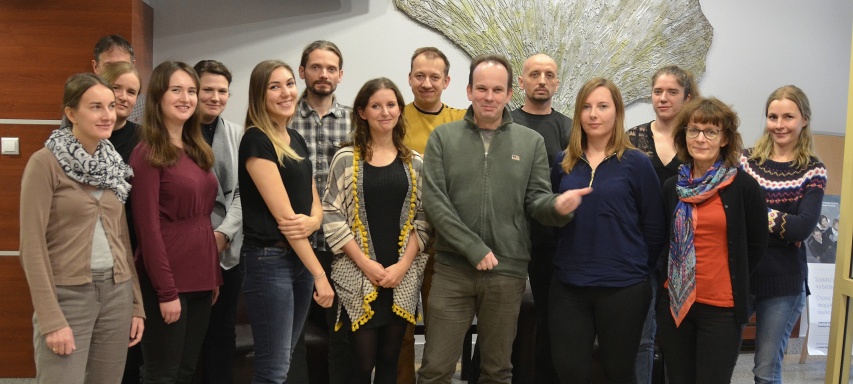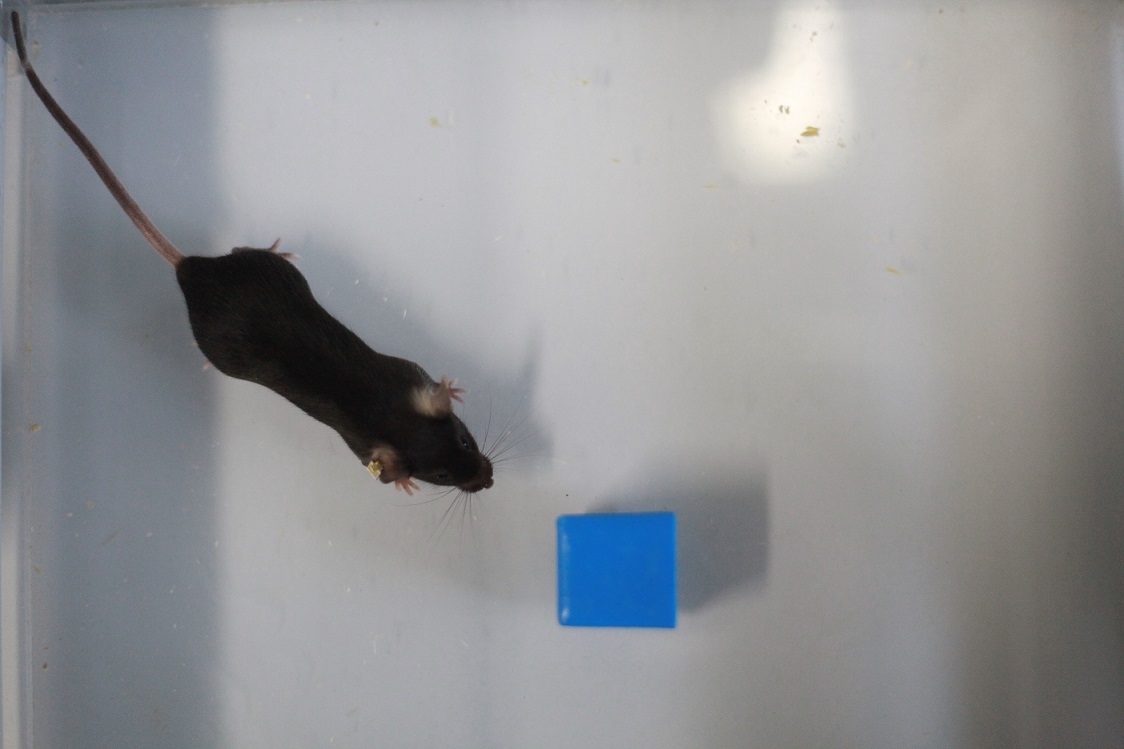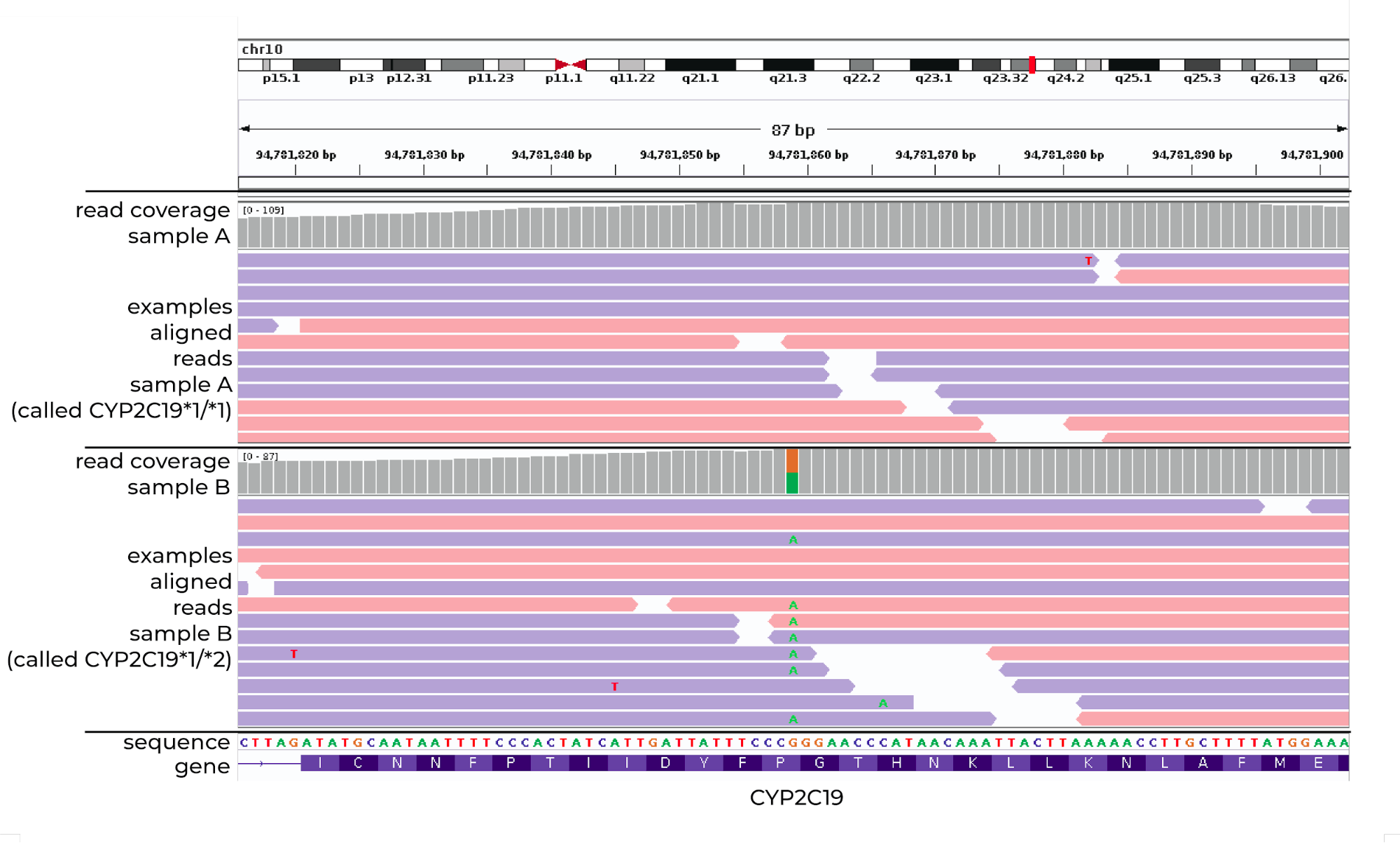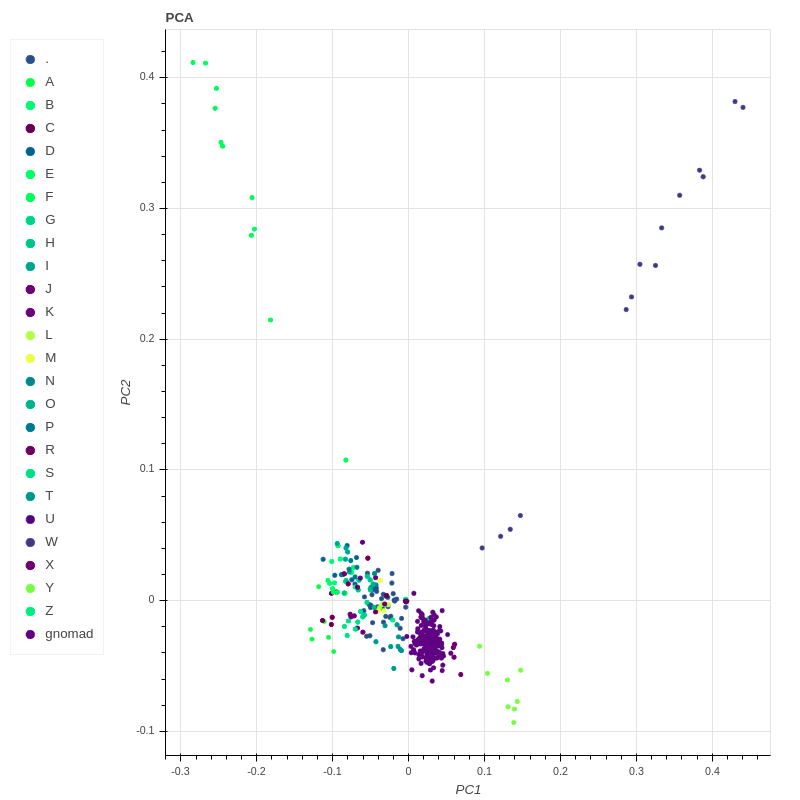Department of Molecular Neuropharmacology

Scientific profile
- About department
- Employees
- Laboratories
Our research focuses on three areas: the reward system of the brain, the molecular mechanisms of drug action, and neuro-pharmacogenomics.
The reward system of the brain encompasses all brain areas involved in reward-driven behaviors, with the mesolimbic dopamine system at the core. We have been studying the mechanisms involved in the plasticity of dopaminergic and dopaminoceptive neurons, and also the role of endogenous opioids in signaling rewards.
As the name of the Department implies a large part of our research focuses on the cellular and the molecular mechanisms of actions of psychotropic drugs, also with an emphasis on opioids. We hope that elucidating molecular signatures of drug action will lead to the identification of mechanisms essential for their therapeutic effects.
In recent years we have also been involved in neuro-pharmacogenomics, searching for associations between genetic background, neuropsychiatric disorders, and the effectiveness of pharmacotherapy. We use next-generation sequencing to discover novel common as well as rare genetic variants associated with drug effectiveness and safety. This is of particular interest in psychiatry due to large interindividual differences in therapy responses.




Professor Jan Manuel Rodriguez Parkitna, dr hab.
Head
Employees
Professor Ryszard Przewłocki, dr hab.
Michał Korostyński, dr hab.
Marcin Piechota, dr
Ganna Shayakhmetova, dr
Małgorzata Borczyk, dr
Sławomir Gołda, dr
Zofia Harda, dr
Alla Voronina, dr
Barbara Ziółkowska, dr hab.
Łukasz Szumiec, mgr
Lidia Radwan, mgr
Jacek Hajto, mgr
Klaudia Misiołek, mgr
Magdalena Ziemiańska, mgr
Mateusz Zięba, mgr
Employees
Michał Korostyński, dr hab.
Marcin Piechota, dr
Małgorzata Borczyk, dr
Jacek Hajto, mgr
Mateusz Zięba, mgr
Achievements
- Publications
- Grants
- Awards
Grant
The developmental changes in the endogenous opioid system associated with altered sensitivity to reward during adolescence
Klaudia Misiołek, MSc
Grant
Kappa opioid receptors integrate neuronal signaling involved in social behavior
Professor Jan Manuel Rodriguez Parkitna, PhD
Award
The Jerzy Konorski Team Award for the best study in neurobiology conducted in Poland awarded every year by the Polish Neuroscience Society and Committee of Neurobiology of the Polish Academy of Sciences
Professor Jan Manuel Rodriguez Parkitna, PhD
The topology of the lymphotoxin β receptor that accumulates upon endolysosomal dysfunction dictates the NF-κB signaling outcome.
Banach-Orłowska M, Jastrzębski K, Cendrowski J, Maksymowicz M, Wojciechowska K, Korostyński M, Moreau D, Gruenberg J, Miaczynska M
DOI: 10.1242/jcs.218883
Glucocorticoid receptor signaling in astrocytes is required for aversive memory formation.
Tertil M, Skupio U, Barut J, Dubovyk V, Wawrzczak-Bargiela A, Soltys Z, Golda S, Kudla L, Wiktorowska L, Szklarczyk K, Korostynski M, Przewlocki R, Slezak M
DOI: 10.1038/s41398-018-0300-x
Ethanol consumption following mild traumatic brain injury is related to blood-brain barrier permeability.
Poznanski P, Lesniak A, Korostynski M, Sacharczuk M
DOI: 10.1111/adb.12683
Whole-exome sequencing identifies novel pathogenic mutations and putative phenotype-influencing variants in Polish limb-girdle muscular dystrophy patients.
Fichna JP, Macias A, Piechota M, Korostyński M, Potulska-Chromik A, Redowicz MJ, Zekanowski C
DOI: 10.1186/s40246-018-0167-1
Adaptation of motor unit contractile properties in rat medial gastrocnemius to treadmill endurance training: Relationship to muscle mitochondrial biogenesis.
Kryściak K, Majerczak J, Kryściak J, Łochyński D, Kaczmarek D, Drzymała-Celichowska H, Krutki P, Gawedzka A, Guzik M, Korostynski M, Szkutnik Z, Celichowski J
DOI: 10.1371/journal.pone.0195704
Atrial Fibrillation Genetic Risk Differentiates Cardioembolic Stroke from other Stroke Subtypes
Pulit SL, Weng L, McArdle PF, Trinquart L, Choi SH, Mitchell BD, Rosand J, de Bakker PIW, Benjamin EJ, Ellinor PT, Kittner SJ, Lubitz SA, Lemmen R
DOI: 10.1101/239269
Cell-type-specific gene expression patterns in the knee cartilage in an osteoarthritis rat model.
Korostynski M, Malek N, Piechota M, Starowicz K
DOI: 10.1007/s10142-017-0576-6
Expression of matrix metalloproteinases and components of the endocannabinoid system in the knee joint are associated with biphasic pain progression in a rat model of osteoarthritis.
Pajak A, Kostrzewa M, Malek N, Korostynski M, Starowicz K
DOI: 10.2147/JPR.S132682
Looking for new diagnostic tools and biomarkers of hypertension in obese pediatric patients.
Strojny W, Drozdz D, Fijorek K, Korostynski M, Piechota M, Balwierz W, Pietrzyk JA, Kwinta P, Siedlar M, Skoczen S
DOI: 10.1097/mbp.0000000000000242
Transcriptional signatures of steroid hormones in the striatal neurons and astrocytes.
Piechota M, Korostynski M, Golda S, Ficek J, Jantas D, Barbara Z, Przewlocki R
DOI: 10.1186/s12868-017-0352-5